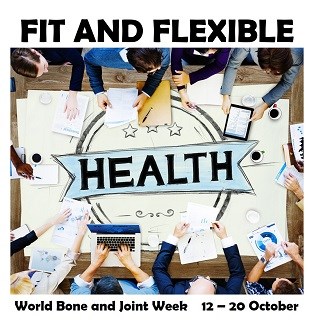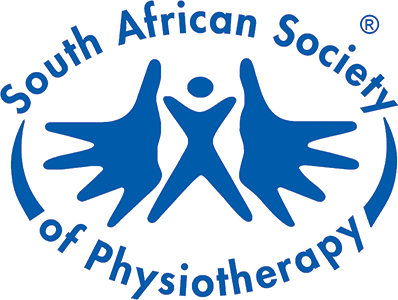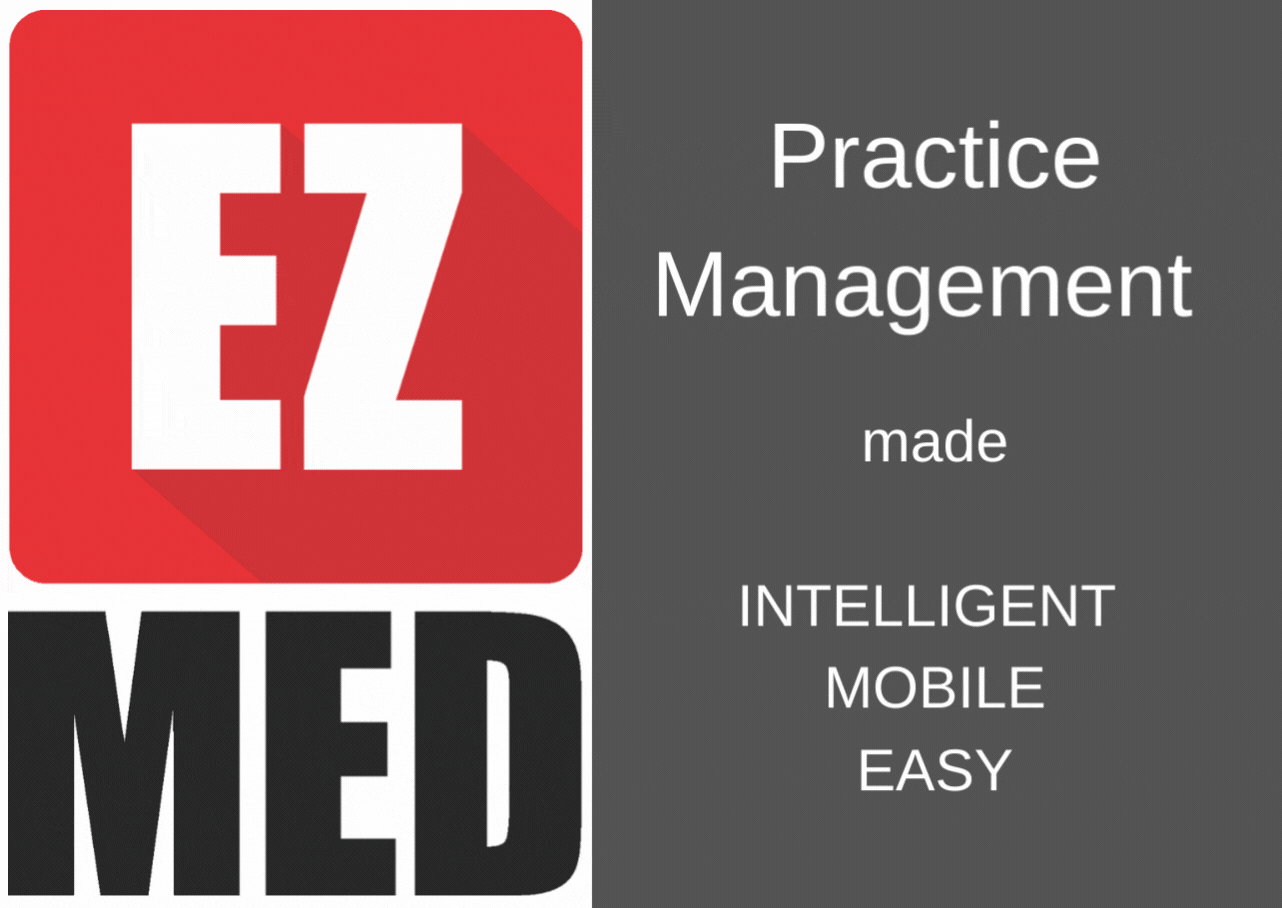
It’s World Bone and Joint Week from 12-20 October. Some advice from the South African Society of Physiotherapy on how to keep your joints well
Most adults over 40 might feel a little wistful, watching a small child at play on a jungle gym. They twist themselves upside down and wriggle through the bars with such fearless and untrammelled joy. No matter how fit and healthy we are as adults, that level of unconscious, unworked-for flexibility, the result of young joints that roll fluidly into any position like little ball-bearings, is simply not possible for us.
But we can – and should – seek to maintain the health and suppleness of our frame. Our joints are precious: anyone who has battled with a stiff neck or knee joint can testify to how much it impacts on your quality of life and your freedom to move.
It’s no surprise that, in the Global Burden of Disease Studies, musculoskeletal problems such as osteoarthritis (OA), rheumatoid arthritis (RA), gout, low back pain (LBP) and neck pain (NP) are ranked second only to mental and behavioural problems as causes of disability. The modern human body simply isn’t being used for purpose: “Our bodies are meant to move,” says Professor Witness Mudzi, President of the South African Society of Physiotherapy. “They are working bodies, evolved to run and walk and move much of the day. Instead, we sit in front of computer screens at work or at home, or in vehicles, for hours without stirring. A simple, regular exercise routine, even just a half hour’s walk every day, will go a long way to keep joints mobile and bones strong.”
The good news is that we can take action to prevent or reduce the wear and tear damage that causes disability, especially as a result of the all-too-common osteoarthritis – a review of science published in May this year showed that OA could be prevented with good diet and regular exercise.
Top tips for healthy joints
• Move
Ball-bearings get sticky if they’re never used; so do bodies. The minimum often recommended is 150 minutes (two and half hours) a week. Professor Mudzi suggests it would be even better to aim for half an hour at least a day. “Try to do something aerobic, such as walking or running, as well as some resistance training – you could invest in some small hand weights or use resistance bands, for example. Your physiotherapist can advise you.”
• Drink
Everything in the body is going to move more easily if you are properly hydrated. “Drink when you’re thirsty,” says Professor Mudzi. “Water is your best choice. Avoid any drinks with added sugars, or excessive alcohol consumption.”
• Eat real food
Among your dietary choices, opt for fatty fish such as mackerel, herring or salmon, which are high in omega 3 essential fatty acids. Use olive oil or walnut oil for an extra omega 3 boost if possible. If the budget allows, vegetables should be a part of every meal.
• Check your Vitamin D status
There’s some evidence that getting enough Vitamin D could help prevent OA.
• Watch your weight
Easier said than done, but there’s plenty of evidence that excess weight contributes to musculoskeletal pain.
“Physiotherapists are trained, not only in helping you manage a musculoskeletal problem when it’s hurting and reducing your mobility, but also in advising you on how to prevent future flare-ups,” says Professor Mudzi.
Back






